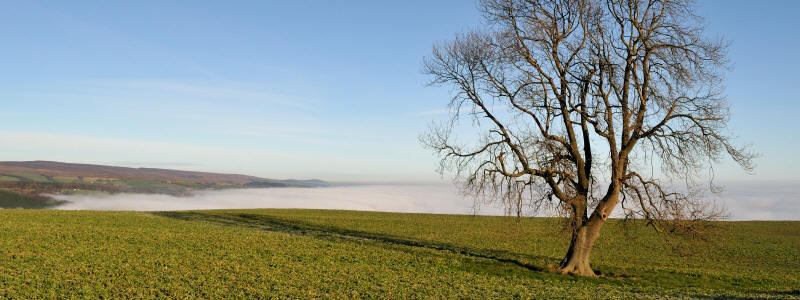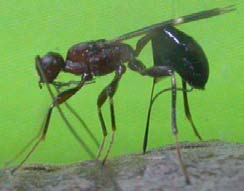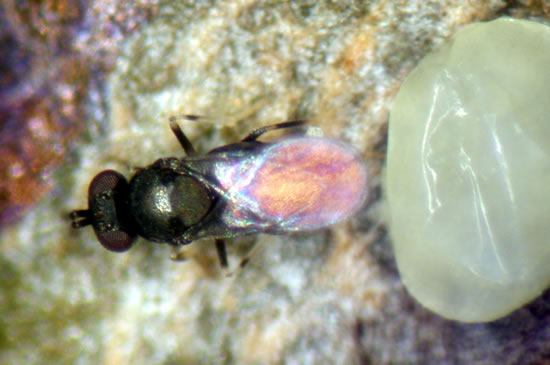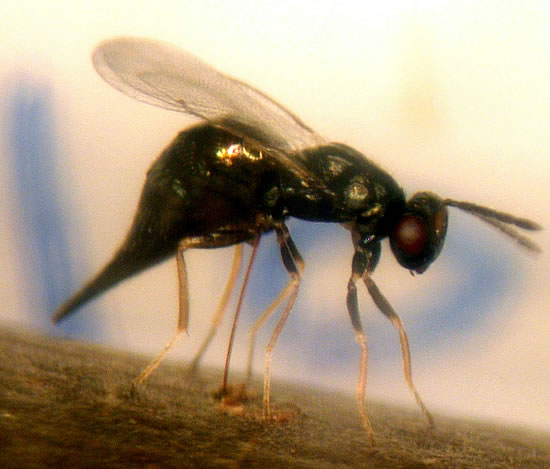
Interactions
We know Emerald Ash Borer has a parasitic relationship with the Ash species but wouldn’t it be great if we could turn the tables and introduce a parasitic organism to Emerald Ash Borer? Recently, in the summer of 2007, the U.S. Department of Agriculture in conjunction with the Animal and Plant Health Inspection Service (APHIS) and Forest Service began research determine if known effective parasitoid species of Emerald Ash Borer from China would work in reducing EAB populations here in the US. Three “wasp” parasitoids were studied: Spathius agrili, Oobius agrili, and Tetrastichus planipennisi.
Although research suggests these wasps to be
effective at combating the EAB dilemma, actions have still not been
taken to implement the defense.
Before releasing a non-indigenous species into our
environment, APHIS is responsible for determining how the species
will interact with organisms other than those it is intended for.
Thus far, results have been promising as all three wasps have
shown extremely specific selection, venturing to other alternatives
rarely, if ever.
Finally, these species are referred to as wasps but they are far
from what most typically associate with wasps.
These wasps are
very tiny, usually smaller than sesame
seeds; nearly microscopic.
Best of all, they DO NOT posses stingers harmful to humans.
Other parasitoids considered have been Atanycolus hicoriae,
which is again a wasp type species that is a natural enemy of close
relatives to EAB.
Studies have shown a parasitoid rate of approximately 20%.
Also, a microbial control approach has been taken using a
pesticide derived from the GHA strain of the
Beauveria bassiana
fungus. According to the
Environmental Protection Agency,
|
“Many
strains of are
found worldwide in the soil. They control insects by growing
on them, secreting enzymes that weaken the insect's outer
coat, and then getting inside the insect and continuing to
grow, eventually killing the infected pest.”
|
Results from field studies vary, yielding infection rates ranging
from 58.5% to 83% in EAB.


